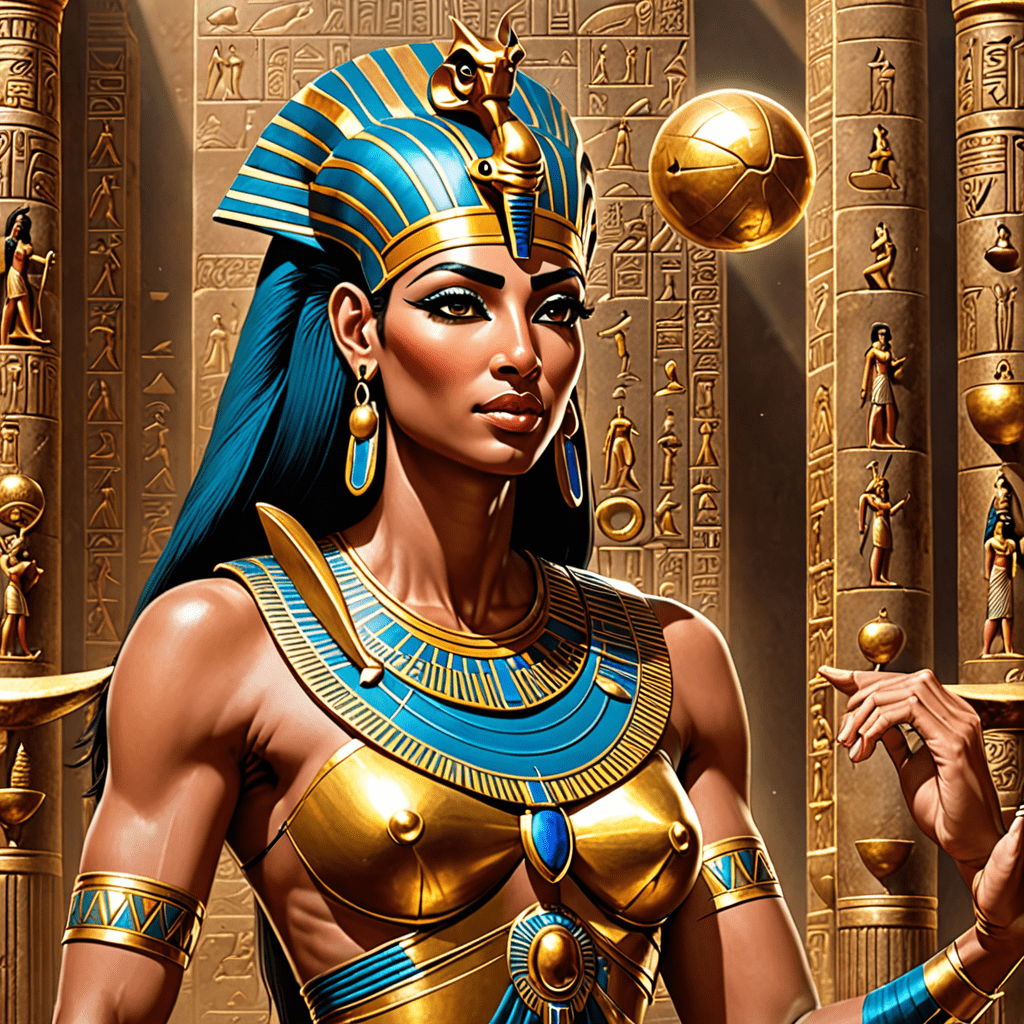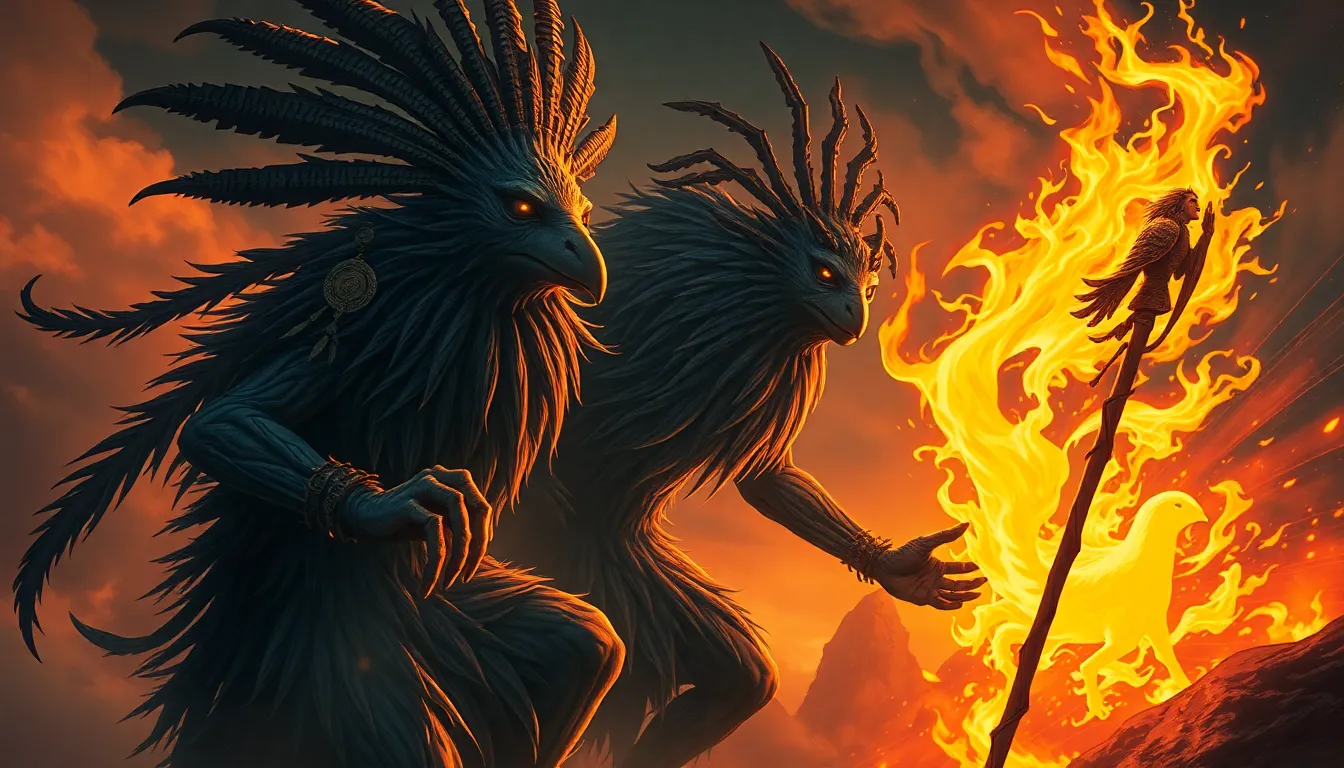The Myth of Nut and Geb in Egyptian Mythology
Who are Nut and Geb?
Nut and Geb are prominent figures in Egyptian mythology, representing the sky (Nut) and the earth (Geb) respectively. Nut is depicted as a goddess arched over Geb with her body adorned with stars, symbolizing the night sky. On the other hand, Geb is often portrayed lying beneath Nut, representing the solid and fertile earth.
What is the significance of Nut and Geb in Egyptian mythology?
Nut and Geb, who were once lovers, share a profound mythological significance. It is believed that Nut and Geb were inseparable until the god Atum, the first god in Egyptian mythology, separated them in order to bring order to the cosmos. Nut was then lifted high above Geb, creating the separation between sky and earth—allowing creation and life to flourish.
What is the myth surrounding Nut and Geb?
According to the ancient Egyptian myth, Nut and Geb were children of Shu (the god of air) and Tefnut (the goddess of moisture). Nut gave birth to Osiris, Isis, Set, Nephthys, and Horus. However, Ra, the sun god, at some point cursed Nut, preventing her from giving birth on any day of the year. To bypass this curse, Thoth, the god of wisdom, gambled with the moon god Khonsu and won extra light to create the five “intercalary days” (epagomenal days), during which Nut could give birth to her children.
Conclusion
Nut and Geb’s story symbolizes the eternal cycle of birth, life, death, and rebirth in ancient Egyptian beliefs. Their enduring love and separation allowed for the creation of the universe and all life within it. The myth of Nut and Geb provides profound insights into the Egyptian understanding of the cosmos, emphasizing the interconnectivity of the sky, earth, and life itself.
FAQ about the Myth of Nut and Geb in Egyptian Mythology
Who are Nut and Geb in Egyptian Mythology?
Nut is the sky goddess, while Geb is the earth god in Egyptian mythology. They are siblings and also a married couple. Nut is often depicted as a woman adorned with stars, while Geb is portrayed as a man lying on the ground.
What is the myth surrounding Nut and Geb?
One of the key myths involving Nut and Geb is the story of how they were separated by their father, the god Shu, who lifted Nut (the sky) off Geb (the earth) to create the space between them. Nut and Geb’s love for each other persisted, leading to their perpetual yearning to be together.
What significance do Nut and Geb hold in Egyptian cosmology?
Nut and Geb play crucial roles in Egyptian cosmology. Nut’s arched body symbolizes the sky, while Geb represents the earth. Their union not only explains the cycle of night and day but also embodies the eternal connection between the heavens and the earth in Egyptian belief.
How were Nut and Geb worshipped in ancient Egypt?
In ancient Egypt, Nut and Geb were revered through various cults and religious practices. They were often invoked for blessings related to fertility, abundance, and protection. Temples and rituals dedicated to them served to honor and seek their favor in



